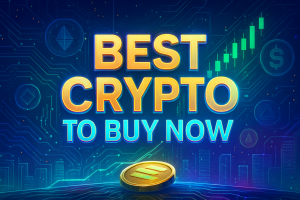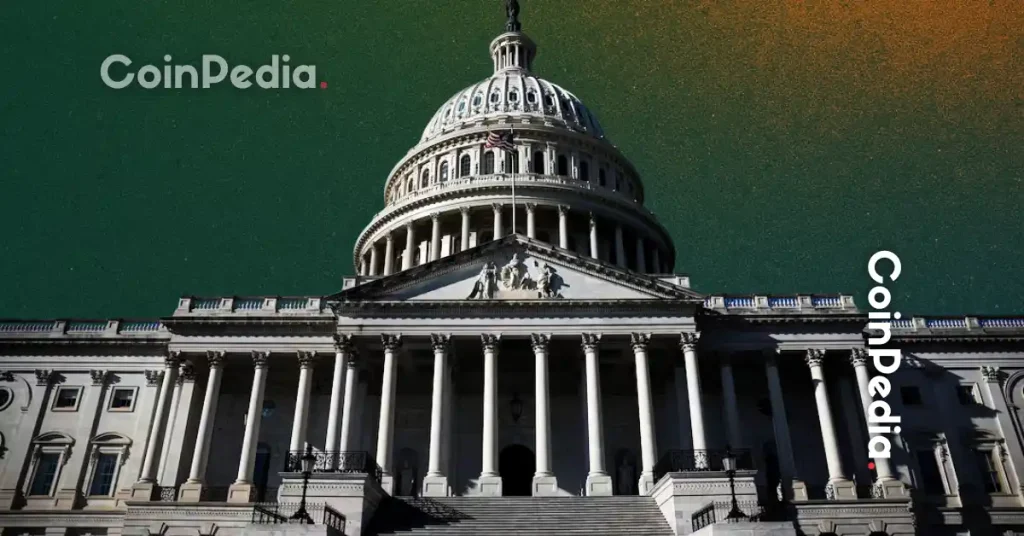Learn How This New Altcoin is Merging XRP and Solana Together in 2025
Interoperability has become a central focus for blockchain development in 2025. Networks that once operated independently are now being connected through verified systems that share liquidity, security, and data. The goal is to create interaction between ecosystems that serve different technical purposes and work seamlessly.
XRP Tundra is one of the first audited projects, which is designed specifically for that objective. It connects the XRP Ledger (XRPL) and Solana through a transparent structure that is designed to enable both blockchains to operate under a coordinated framework. The system is verified by multiple independent audits.
Cross-Chain Functionality Becomes a 2025 Priority
For several years, developers built closed ecosystems where value was unable to not move easily between blockchains. That model limited scalability and created liquidity barriers. The new focus is on cross-chain compatibility, where assets and applications can interact without having to rely on custodial bridges or synthetic tokens.
The XRP Ledger and Solana each serve different needs. XRPL is known for stable payments, compliance support, and strong data integrity. Solana focuses on high throughput and efficient smart contracts. XRP Tundra links these strengths in a single architecture that allows users to access DeFi functions while maintaining verifiable security standards.
This approach reflects a broader change in decentralized finance, where real adoption now depends on interoperability and documentation rather than speculation or isolated ecosystems.
Dual-Token Framework Connects XRP Ledger and Solana
The system operates through two native tokens, and both of them have defined roles. TUNDRA-S, deployed on Solana, manages staking, liquidity, and reward distribution. TUNDRA-X, issued on the XRP Ledger, governs reserve management and ecosystem coordination.
Transactions and user interactions are handled directly on each network without intermediaries. Solana processes yield-based operations, while XRPL maintains governance and tracking. Both sides are integrated into a unified dashboard that records all activity transparently.
The Phase 10 presale values TUNDRA-S at $0.158 with a 10 % token bonus and lists $0.079 as the reference value for TUNDRA-X. More than $2.5 million has been raised to date. All transactions, wallet addresses, and allocation data are visible through public explorers.
This design allows users to verify how tokens are distributed and how liquidity moves between the two chains. There are no manual adjustments or undisclosed reserves.
Audits and KYC Verification Confirm System Integrity
Security verification is central to XRP Tundra’s structure. Three independent audit firms — SolidProof, Cyberscope, and FreshCoins — reviewed the smart contracts and published full reports.
- SolidProof issued a 95% security score after code review and found no critical or medium-severity issues. Ownership was renounced, and minting functions were disabled.
- Cyberscope verified that token authorities were revoked and gave a 95% safety rating.
- FreshCoins confirmed the integrity of the contract deployment and its compliance with the public documentation.
The development team also completed KYC verification with Vital Block, confirming all principal identities under standard compliance checks. The certificate is available on GitHub.
For independent verification, investors can refer to these published materials directly or review the external HotCuppaCrypto analysis, which cross-referenced the audit data.
Anyone researching whether XRP Tundra is legit can confirm the technical and organizational details through these documents.
Operational Features: Staking, Rewards, and Liquidity Control
XRP Tundra includes several mechanisms designed to maintain measurable returns and stable liquidity across both blockchains.
Cryo Vaults allow users to stake TUNDRA-S and XRP with transparent contracts that deliver up to 20% APY. All reward schedules are visible, and smart contracts automatically distribute yields at pre-set intervals.
Arctic Spinner introduces a token-based engagement program. Each eligible purchase grants access to a digital spin that immediately credits bonus tokens. To date, more than $32,000 in rewards have been distributed through this system. Each transaction is publicly recorded, allowing anyone to confirm how rewards are allocated.
Liquidity protection is handled by Meteora’s DAMM V2 system, a dynamic automated market maker that adjusts fees according to market conditions. During periods of high volatility, transaction fees increase automatically to deter automated selling. As liquidity stabilizes, fees return to normal. This model reduces manipulation and supports consistent pricing during token release stages.
All these operations — staking, bonuses, and fee adjustments — are verifiable through their corresponding smart contracts.
Transparent Integration Defines the Future of DeFi
The integration of XRP Ledger and Solana through XRP Tundra illustrates how decentralized systems are evolving. Verified interoperability creates a financial environment where users can confirm every component of activity — from ownership records to yield mechanics — without relying on centralized reporting.
In practical terms, it means users can manage liquidity and staking across two major networks while maintaining the same security standards applied to single-chain projects. Each process leaves an auditable record that can be reviewed through open data tools.
This type of cross-chain model sets a technical precedent for 2025. It demonstrates that DeFi systems can scale across multiple blockchains without losing compliance or transparency. XRP Tundra shows how interoperability can function when every layer — code, liquidity, and governance — is documented and verified.
Explore verified interoperability through XRP Tundra’s dual-chain ecosystem linking the XRP Ledger and Solana.
Check Tundra Now: official XRP Tundra website
Security and Trust: SolidProof audit
Join the Community: Telegram
Disclaimer: The above article is sponsored content; it’s written by a third party. CryptoPotato doesn’t endorse or assume responsibility for the content, advertising, products, quality, accuracy, or other materials on this page. Nothing in it should be construed as financial advice. Readers are strongly advised to verify the information independently and carefully before engaging with any company or project mentioned and to do their own research. Investing in cryptocurrencies carries a risk of capital loss, and readers are also advised to consult a professional before making any decisions that may or may not be based on the above-sponsored content.
Readers are also advised to read CryptoPotato’s full disclaimer.
The post Learn How This New Altcoin is Merging XRP and Solana Together in 2025 appeared first on CryptoPotato.
También te puede interesar

The Channel Factories We’ve Been Waiting For

Filecoin Price Prediction: Can FIL Hit $200 Again or Is Remittix A Better Prospect?

